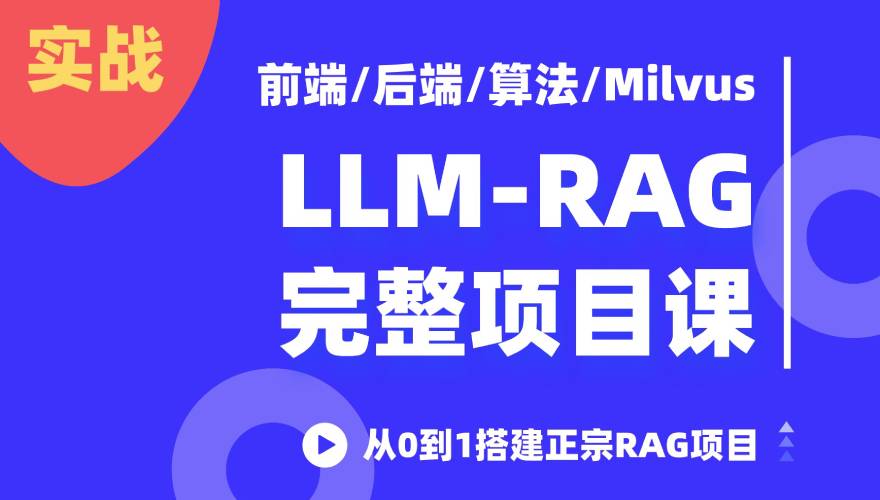栈(Stack)是一个数据集合,可以理解为只能在一端进行插入或者删除的列表,栈的特点是先进后出LIFO(last-in, first-out),本文用Python的列表,来实现一个栈结构。
栈的概念:栈顶、栈底
基本操作:进栈(压栈):push、出栈:pop、取栈顶:gettop
栈结构
当然,不定义类,只使用列表的push和pop方法也可以。
class Stack():
def __init__(self):
self.data = []
def push(self, elem):
self.data.append(elem)
def pop(self):
return self.data.pop()
def gettop(self):
if len(self.data) > 0:
return self.data[-1]
else:
return None
stack = Stack()
stack.push(1)
stack.push(2)
stack.push(3)
print(stack.pop()) #3
print(stack.gettop()) #2
栈的运用:括号匹配问题
给定一个字符串,其中包括小括号、中括号、大括号,判断该字符串中的括号是否匹配。
例如:
()[]{}、([{}]) 匹配
[](、([)] 不匹配
def is_match(string):
map = {'}':'{', ']':'[', ')':'('}
stack = Stack()
for s in string:
# 栈顶有值且匹配
top = stack.gettop()
if top and map.get(s) == top:
stack.pop()
else:
stack.push(s)
# 最后栈内没有元素
if not stack.gettop():
return True
string = '[]('
print(is_match(string))
本文为 陈华 原创,欢迎转载,但请注明出处:http://www.chenhuax.com/read/283
- 上一篇:
- Sklearn特征工程之PCA分析和调参



